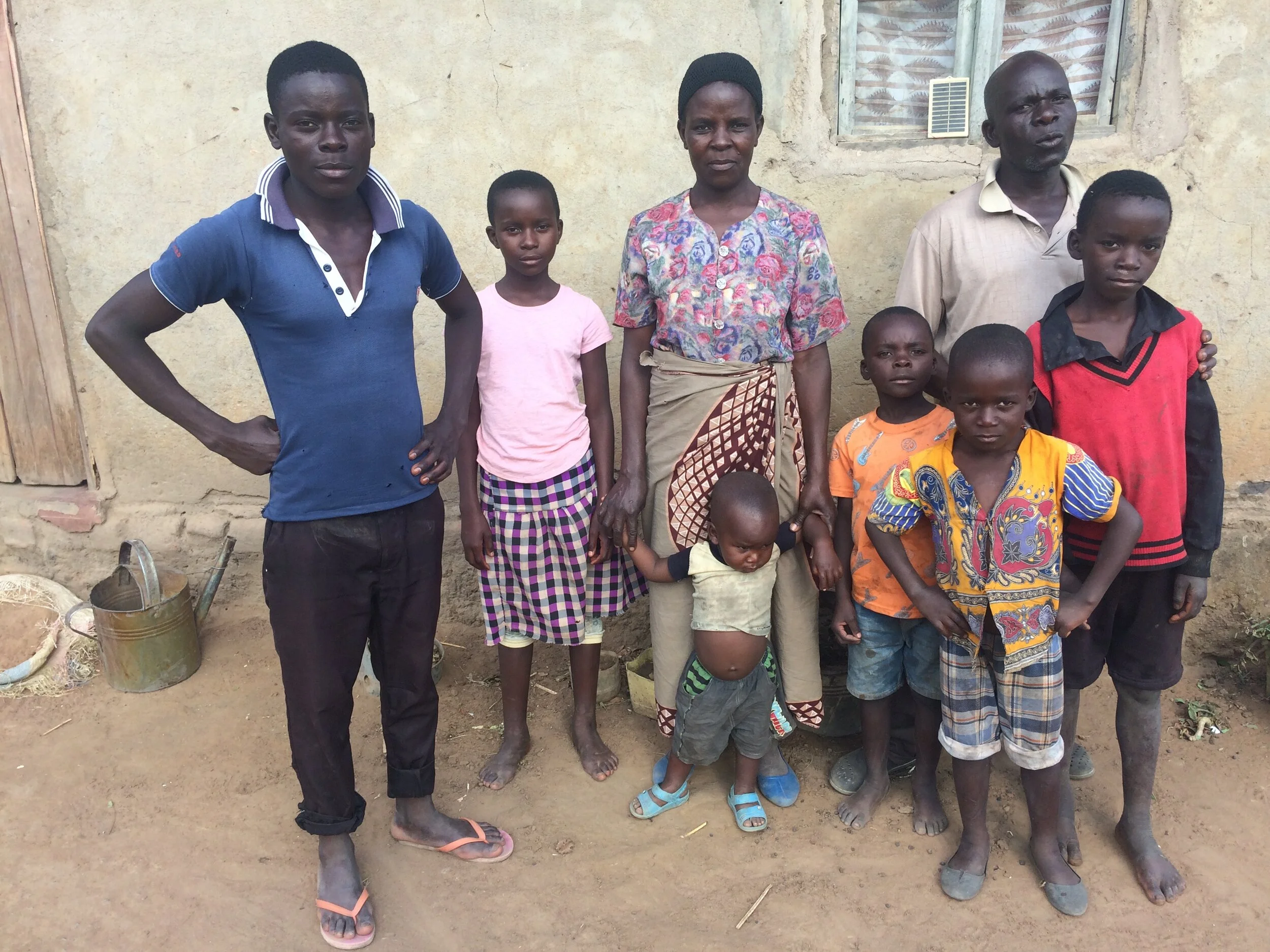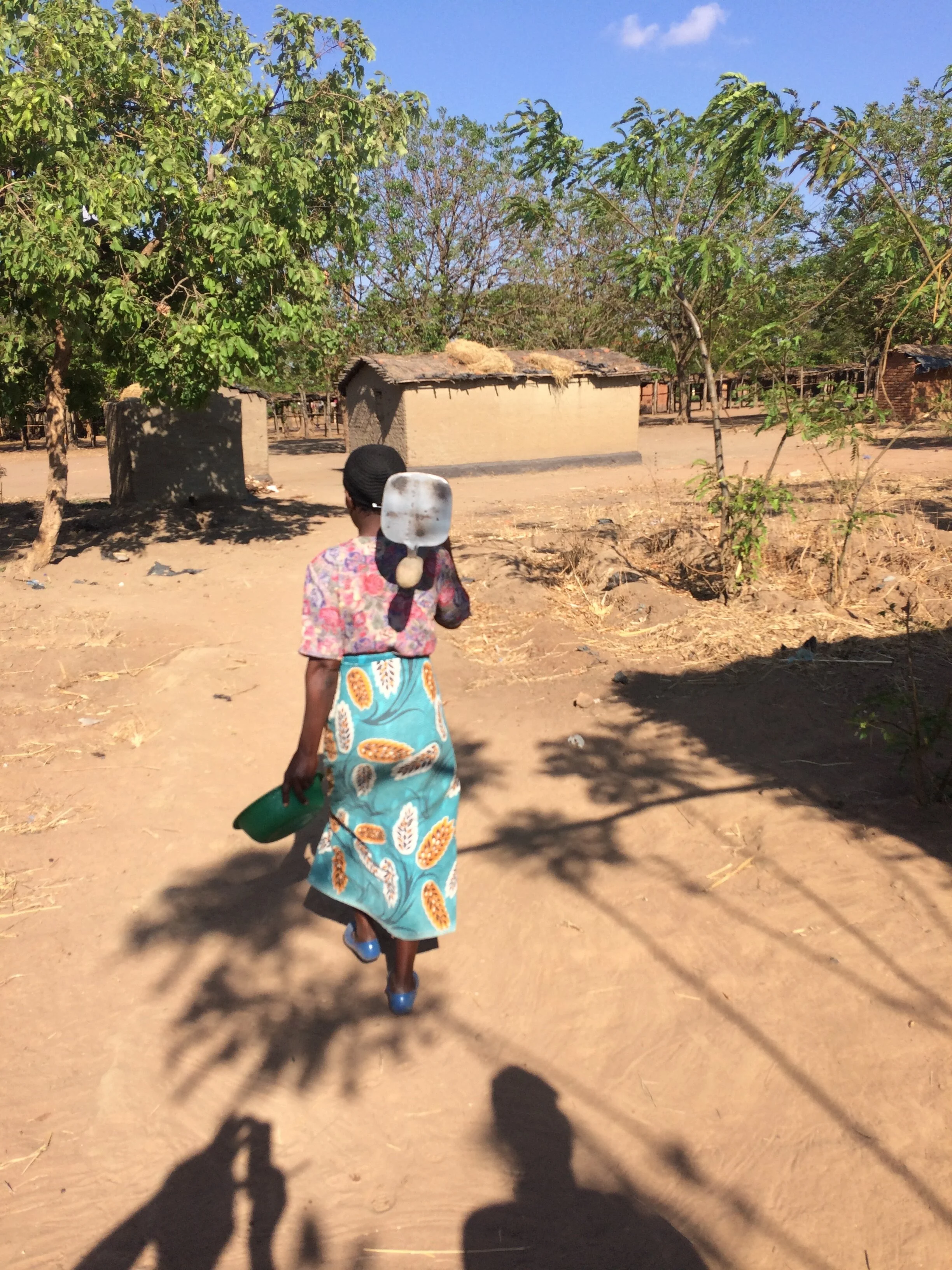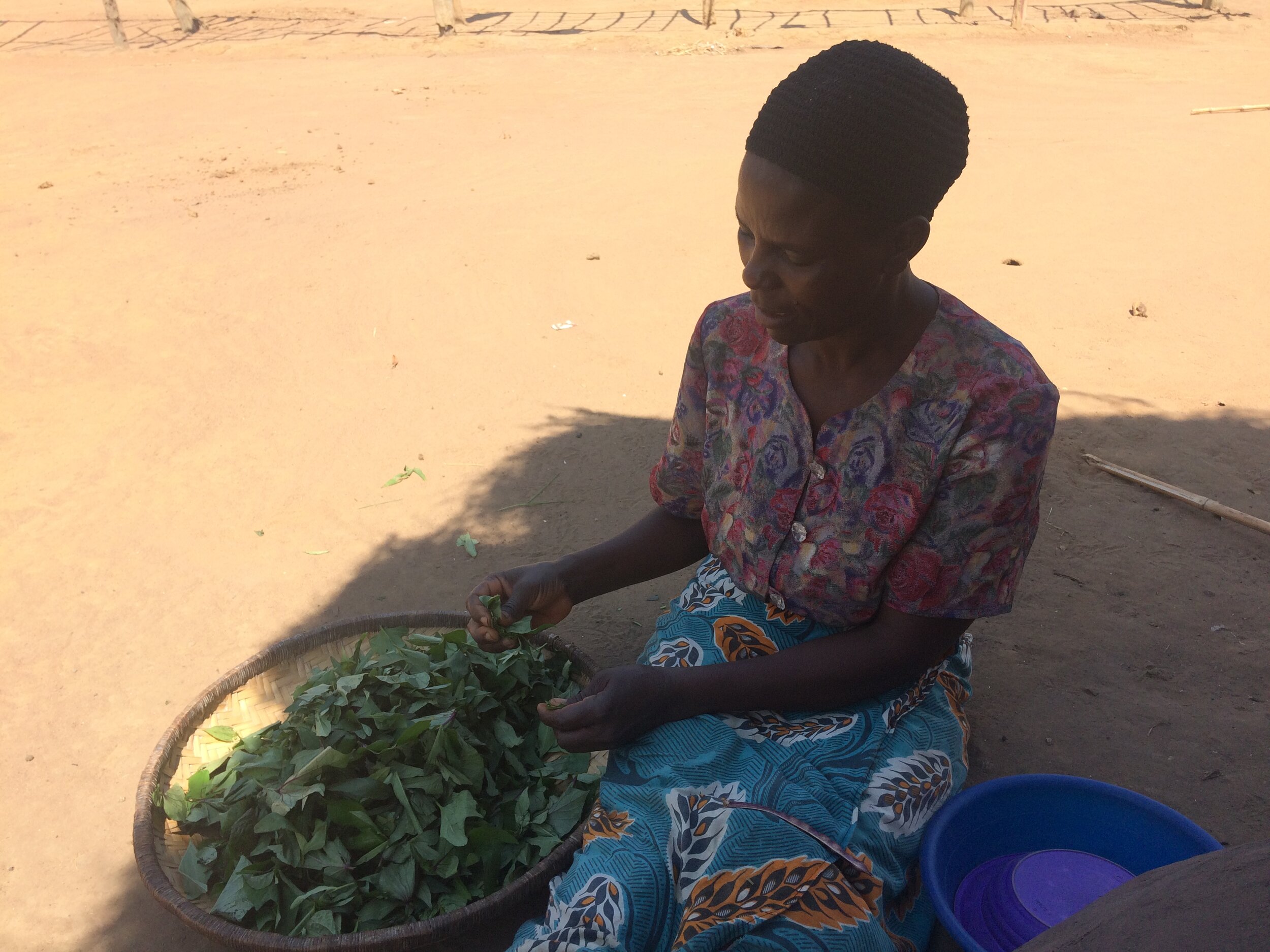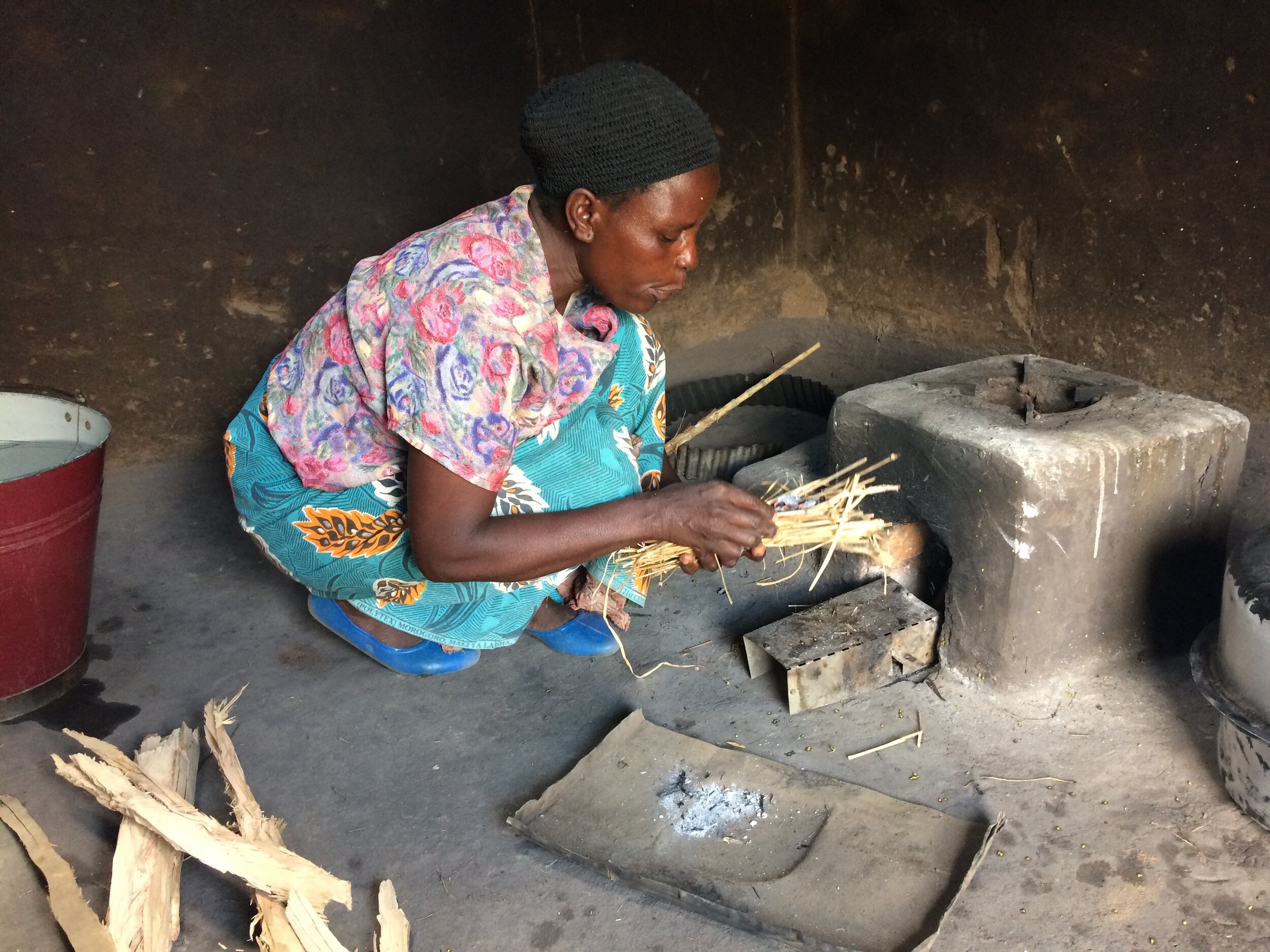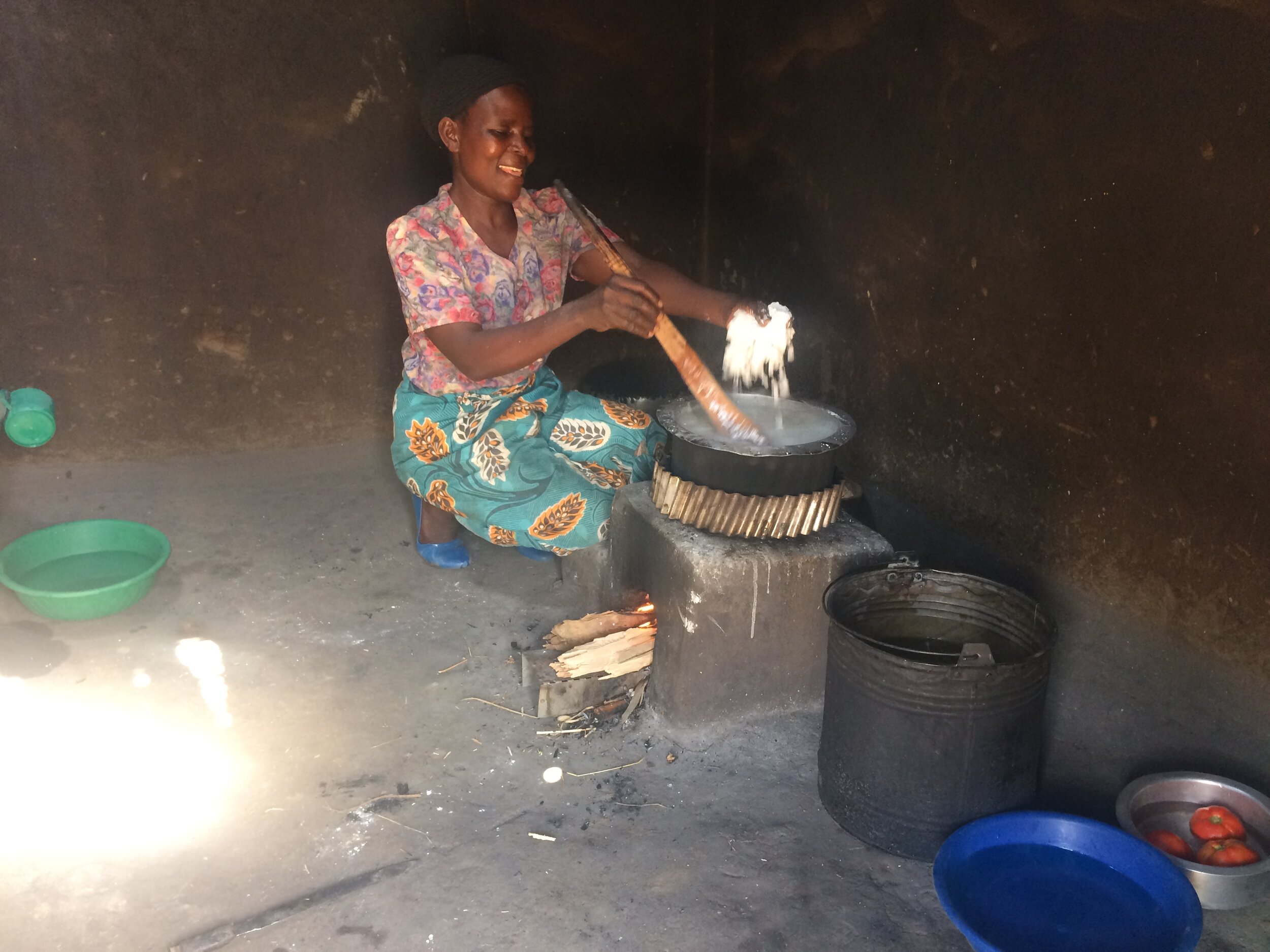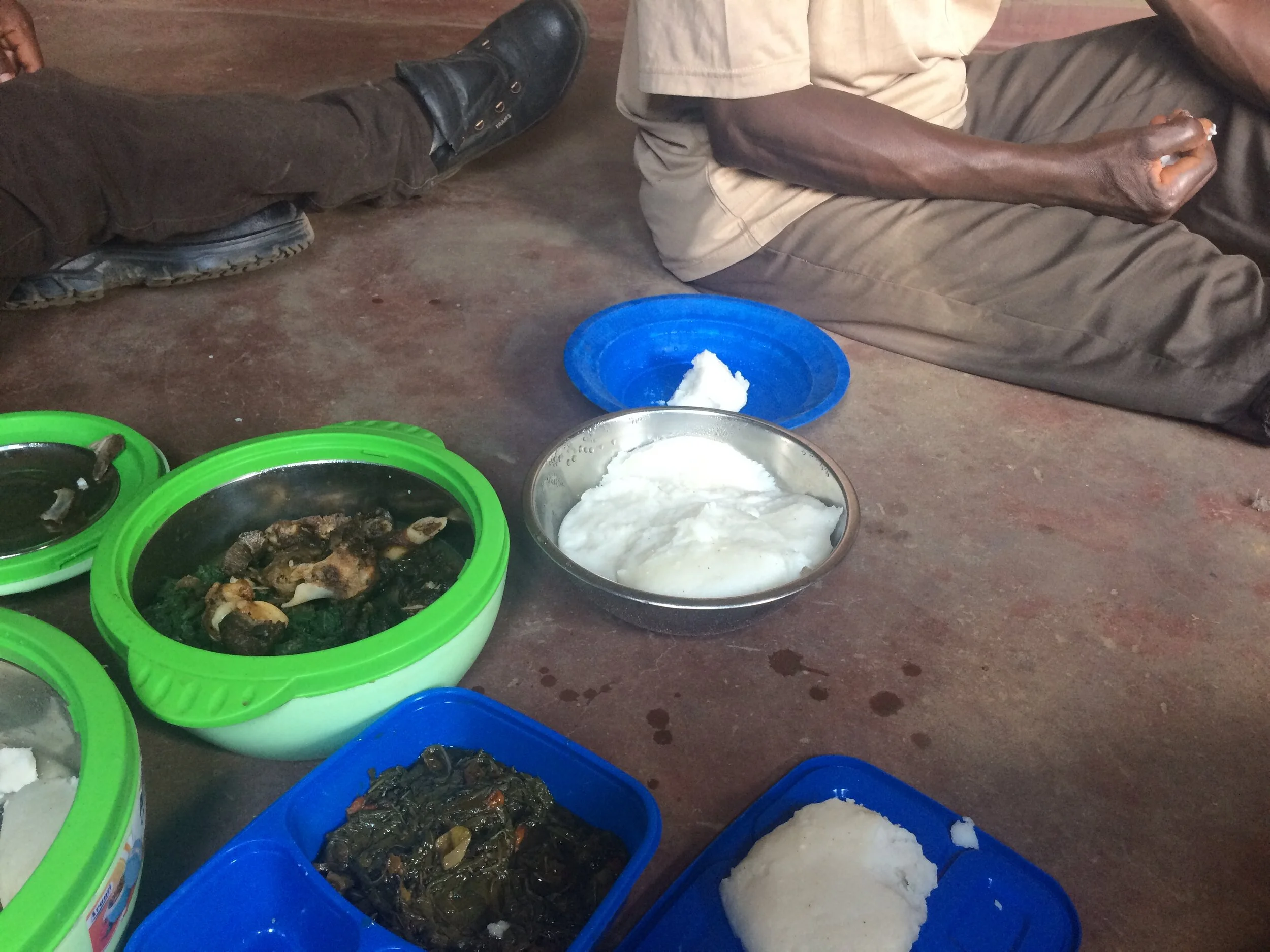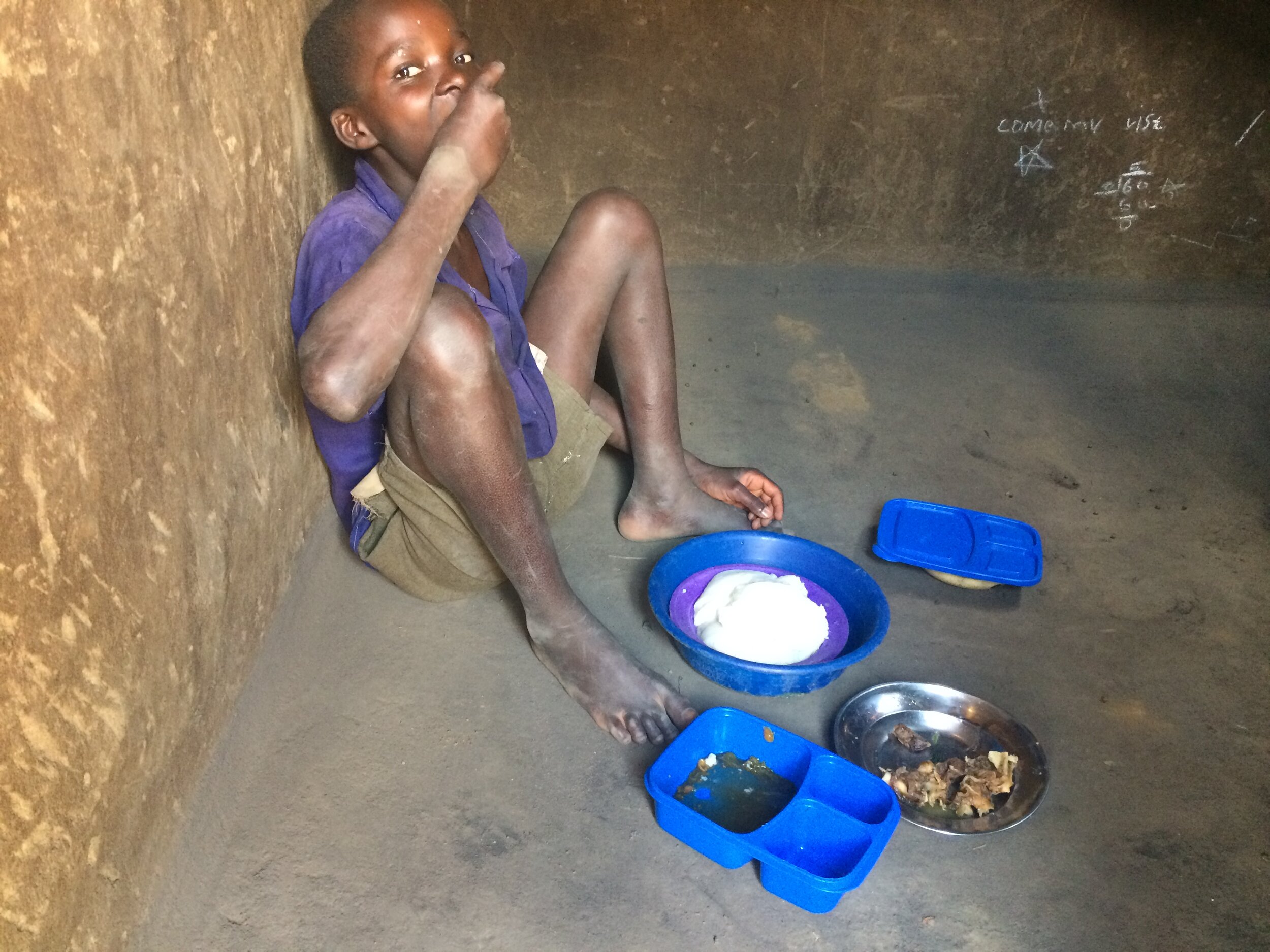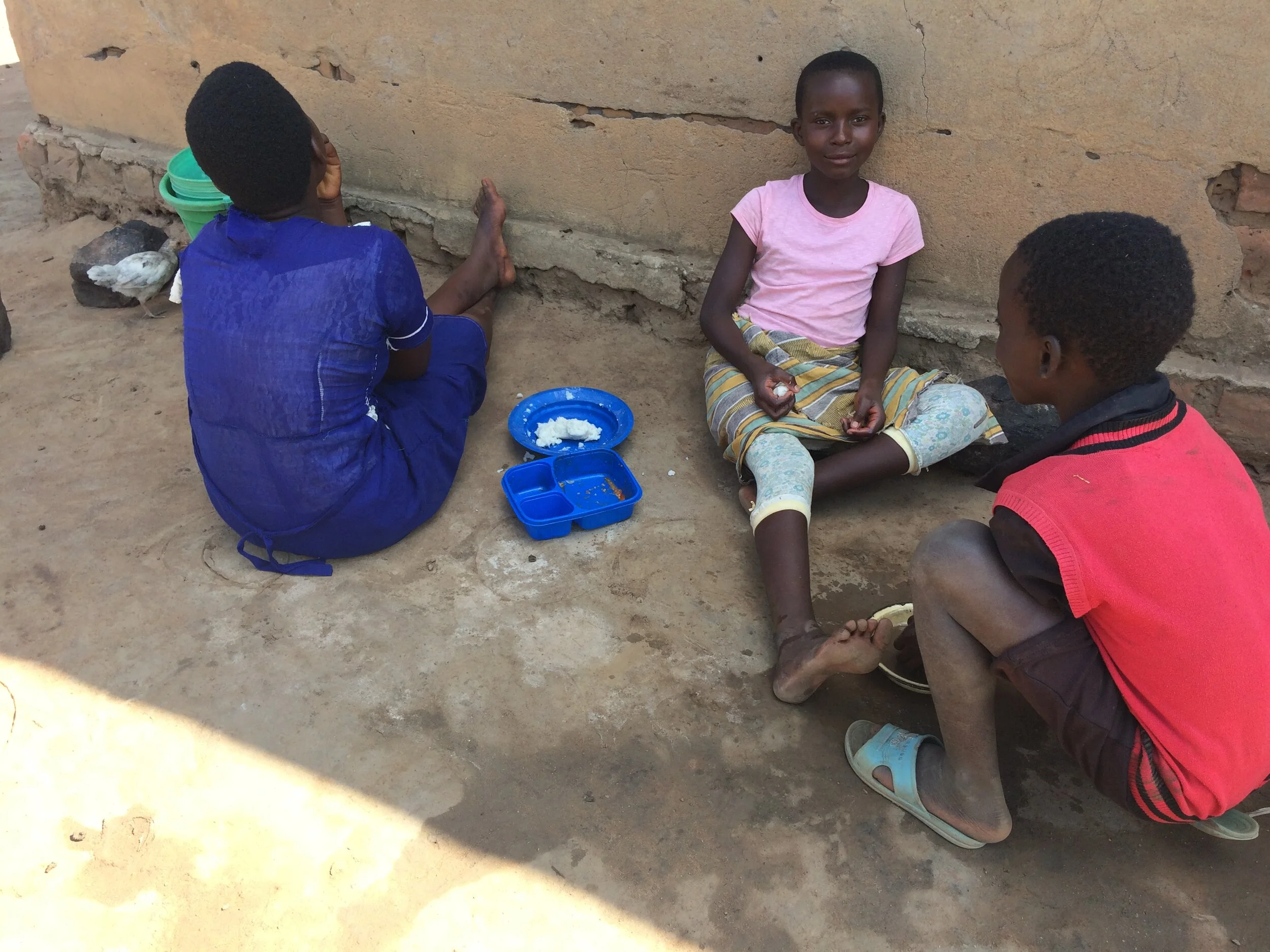A Normal Day for Dorothy
It can be hard to know about a place that is so different from where you live without visiting. But, because so many in the United States, Give, Pray and Volunteer on behalf of families in Malawi we wanted to give you a glimpse into what life is like for the families you are helping. When we first thought of doing this you can imagine the farmers were nervous to be filmed and photographed, but Dorothy Maonga agreed to help us.
A Normal Day for Dorothy
4:00 am she goes to work in her rain fed garden where she has to make ridges in preparation for planting once the first rains fall.
6:00 am after working in the garden, Dorothy moves on to her irrigation garden where she irrigates her maize using watering cans. (Dorothy wanted you to know that the maize that is in her irrigation garden is not her first irrigation crop for the year. Her first crop was harvested in May. The proceeds that the family got were used to buy extra food for the household. They also used part of the money to buy inputs to make sure that they continue with their irrigation farming. The maize that is in the garden now was planted in September and some was planted in October.)
7:00 am she then picks vegetables for lunch. Today “kholowa” sweet potato leaves and Nsima (thick corn paste) are on the menu. When she arrives home she peels the cassava that was purchased yesterday at Nambuma Trading Center and then cooks the cassava and makes tea which goes together with the cassava. That is breakfast for the family. She shares the food with her daughter who just gave birth to her first grandchild.
8:00 am she starts cleaning the kitchen in preparation for lunch.
8:18 am she goes to draw water for cleaning dishes. Water for drinking is normally drawn from a covered borehole, while water for cleaning dishes is drawn from an open well which is in her irrigation garden. We saw there that wells that are dug for irrigation purposes are not there just for irrigation but also serves domestic purposes. For instance apart from cleaning dishes the water is also used for laundry. With the water at home, she prepares to start cleaning dishes. She goes to pick up some special sand for scrubbing pots. Normally women cook on fire made out of wood and in most cases the smoke sticks to the pots and the pans and they become dirty (black) because of the smoke. The sand that she picks up is mixed with soap powder which helps her to scrub off the soot from the pots easily.
Her kitchen is very modest, it a separate little house made of mud and it is roofed with grass and plastic sheet that prevents the roof from leaking.
10:46 am Dorothy makes a fire. She uses a built in mud stove specially make to help her save fire wood and maximize the use of the heat that the wood produces. The bricks, mud and the metal sheet that is put around the pot as one is cooking are all materials designed to hold the heat as one is using the stove. She first makes the potato leaves. The recipe is very simple. Ingredients include fresh potato leaves which are still tender, tomatoes, a very small amount of water and salt. Boiling is the method that she used. She put the vegetables in a pot together with some water and put on the fire. After a few minutes she added tomatoes and then seasoned the vegetables with salt Sometimes groundnut flour is added to the vegetables to enhance taste as well as nutritional value.
11:18 am she starts preparing Nsima which is a staple food for most Malawians. Nsima is made out of corn flour and water. It is thick paste that is eaten together with a side dish of beans or vegetables, meat or fish. Cooking Method: Boil a good amount of water in a pot. Mix two or three handfuls of flour and cold water in a cup or bowl and add this mixture to the boiling water while steering steadily to make sure that the mixture does not form lumps. Allow the porridge to cook for 10 minutes. Slowly add more flour to the porridge while stirring until it thickens and leave it to cook for about 5 minutes. Serve the nsima while it is hot.
Just before lunch she welcomes two visitors, these are women who had come from her daughter in-laws village. The women had heard about the birth of the baby and had come to see her. It happened that the women are aunts of the daughter-in-law.
Out of curiosity this reporter wanted to know the name of the baby and he was told she was named Dorothy after her grandmother. The new mother is called Judith and the new father is called Wiled.
12:54 pm Lunch time for the family. Women eat together, boys eat separately, girls eat separately and men eat together. Dorothy says when her husband is home they sometimes eat together.
From lunch hour Dorothy spent some time with the women who had come to visit with her. She rested for some hours before resuming work in the afternoon.
3:02 pm, it’s time to go back to work. This time around Dorothy is working on making basins and canals to make sure that she plants the last irrigation crops for this year. The corn that will be planted here will be harvested around February 2019.
5:00 pm she goes back home after fetching relish for diner. Cooks diner (pretty much the same routine done during preparations for lunch) eats the food with the family and goes to bed.

